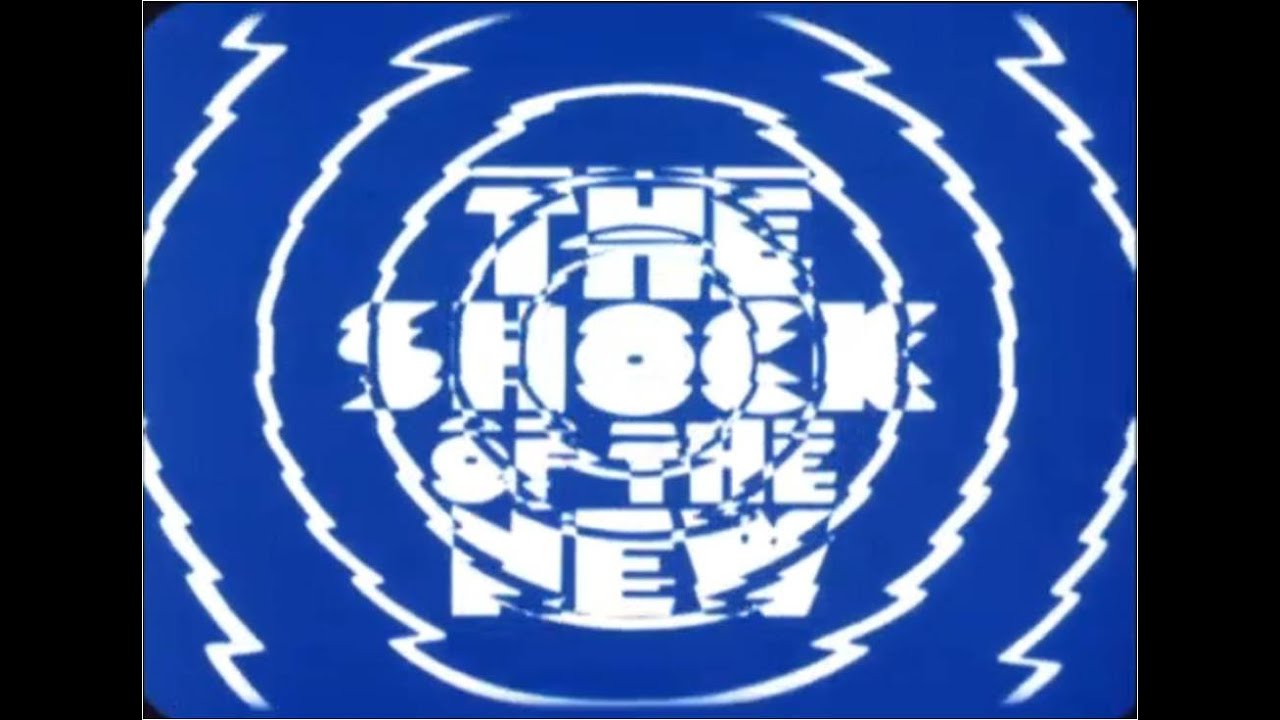This was my original introduction to modernism in the book form. Along with John Berger’s Ways of Seeing, the documentary form is one of the best primers for the period out there. Across eight episodes it covers the history, sociopolitical context, and the ways in which modernism began to give way to postmodernism. While not an outright Marxist like Berger was, Robert Hughes’ documentary series has strong critiques of art history that Marxist art theorists saw a lot of value in. From an obituary post: http://marxistupdate.blogspot.com/2012/08/robert-hughes-marxist-view.html
spoiler
We have lost one of the great cultural commentators of our time. Equally riveting in prose or on television, Hughes had encyclopaedic knowledge and a combative but poetic style, which allowed him to communicate complex ideas about art and artists with edge and accessibility.
Most importantly he knew how to beat a path between cultural artifacts and aspects of the contemporary world in a way that really illuminated.
Take this about American realist painter Edward Hopper: “Time and time again Hopper’s work insists in its characteristically modest way that the green fields have gone, or at least are going: that having run out of external frontiers, Americans were faced by an impassable frontier within the self, so that the man of action had been replaced by the watcher, the voyeur or the nostalgist.”
Or this about Eduard Manet’s controversial painting Olympia: “Other artists painted nymphs as wh-; it took Manet, in the Olympia, to paint a wh- as her own person, staring back at voyeurs, restricting the offer to a transaction.”
Hughes was the greatest populariser modern art has had in English. His book and TV series The Shock of the New made sometimes obscure-seeming work ring with the significance for ordinary lives that it so often sought. Without oversimplification - or downplaying the role of individual artists - he found the sources of modern art in the social and revolutionary changes of the end of the nineteenth century.
This on the impulse for modern architecture: “In the nineteenth century architects built palaces for the rich, villas for the upper bourgeoisie and ceremonial structures to glorify the state. For the working class, the invisible, there was nothing. They had the slums… By nineteen hundred in the eyes of a handful of gifted and visionary individuals architecture itself had become a symbol of inequality and decorated architecture even more so.”
But unlike too many others who seek to make art accessible, he neither trivialised art nor stood in awe of cultural icons. Whether assessing popular culture or the most celebrated artists, Hughes had his own opinions and would justify them.
Hughes was a partisan for sincerity and integrity. He hated more than anything artists who succumbed to self-indulgence, commercial gain or flattery. He loathed the late twentieth century obsession with ‘form’ for its own sake, or worse still, ‘surface.’
He had no time, for example, for the fashion-obsessed work of the later Andy Warhol: “The shallow painter who understood more about the mechanisms of celebrity than any of his colleagues, whose entire sense of reality was shaped, like Reagan’s sense of power, by the television tube. Each in his way coming on like Huck Finn: both obsessed with serving the interests of privilege.”
Hughes’ campaigning approach wasn’t reserved for the art world. Born in Australia in 1938, he wrote and broadcast about colonial injustice in his country. He published The Fatal Shore in 1987, a study of the British penal colonies and early European settlement of Australia, and it became an international best-seller.
During the late 1990s, he was a prominent supporter of the Australian Republican Movement. His book on Barcelona, published in 1992, is a fascinating social history of one of the most riotous cities in Europe as well as being the best starting point to understand the idiosyncrasies of Catalan culture.
In later life he reserved the greatest part of his considerable venom for the effects of the deregulated market on contemporary culture. This involved individual judgements on contemporaries: of Damien Hirst he wrote “isn’t it incredible what so much money and so little talent can produce.”
But he also understood how finance capital’s takeover of the cultural world threatens to poison our whole heritage: “What the masterpiece, laden with fetishistic value, has lost today is a certain freedom of access - buoyancy, availability to the eye and the mind. It has been invested with a spurious authority, like the facade of a bank.”
Hughes was no art snob. He was a champion of all sorts of popular design, but he had contempt for the fashionable fetishisation of retro junk, the indiscriminate worship of “anything made the day before yesterday, for instance 1940s nutmeg graters.”
Hughes felt valid art had to have a social, human purpose, not in a narrow functional sense, but in the way of concentrating meaning, revealing connections, transcending boundaries, contributing to humanity’s ability to live at peace with the world.
More than anything, the triumph of the market threatened all that, and in subtle ways. The intellectual world itself was being undermined from within by marketisation. In the 1990s he launched this attack on Jean Baudrillard, high priest of postmodernism: “His effort to collapse all cultural meaning into mere simulacra lends credibility to the underlying assumption of the market, that art no longer has any purpose beyond its own promotion. If all signs are autonomous and refer only to one another, it must seem to follow that no image is ‘truer’ or ‘deeper’ than the next, and that the artist is absolved from his or her struggle for authenticity - an ideal proposition for dealers with a lot of recent product to shift and a clientele easily snowed by jargon.”
Of course we won’t agree on all his judgements - he was haughtily dismissive of all ideologies, even those of the left that he borrowed freely from, and his late eighties assault on identity politics was one-dimensional. But Hughes fought all his life for a popular culture in the best sense, one that encompassed the heights of human civilisation and could help take human beings forward.
Read The Shock of the New or his great collection of reviews Nothing if Not Critical. Share his YouTube clips. Don’t let his death be his passing away.
deleted by creator


